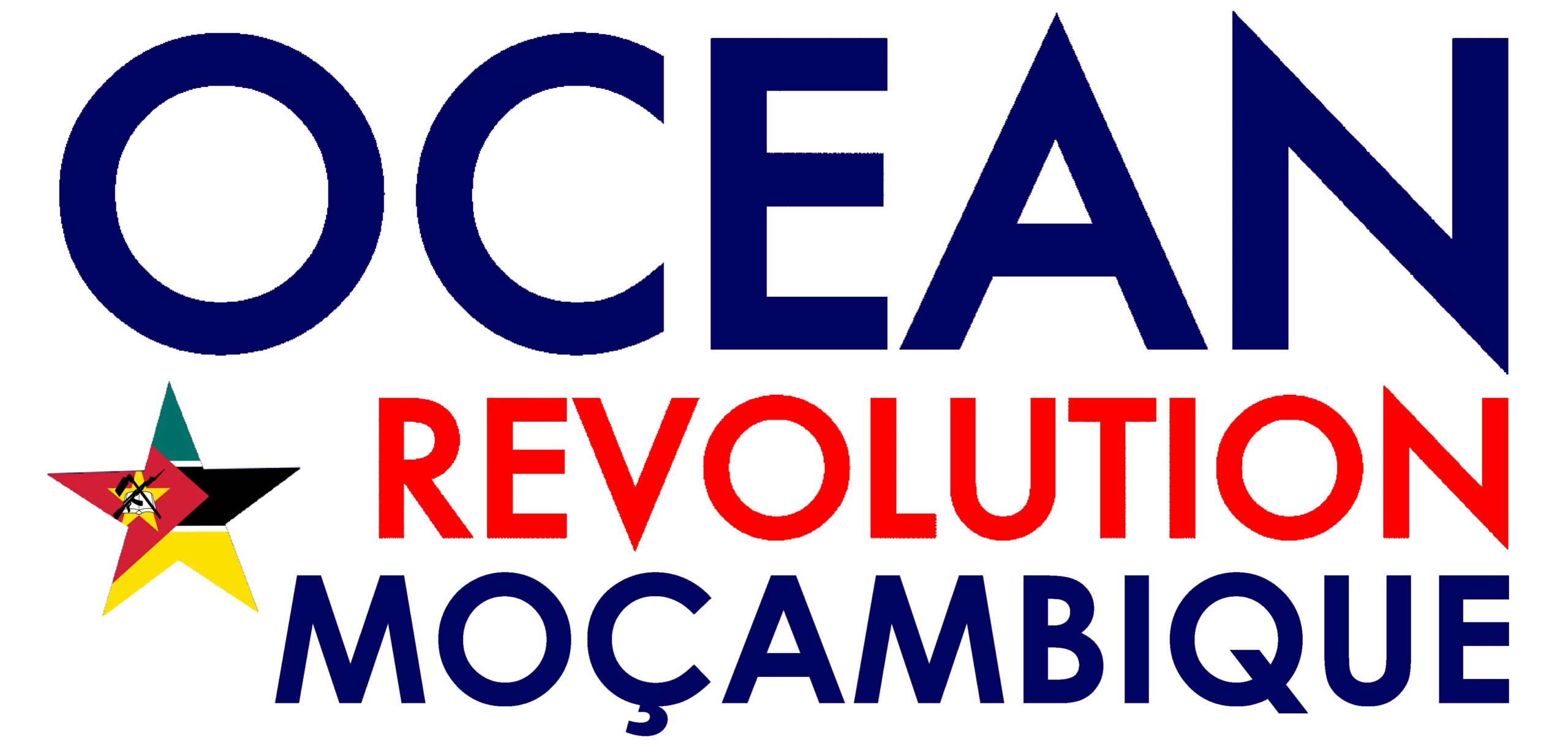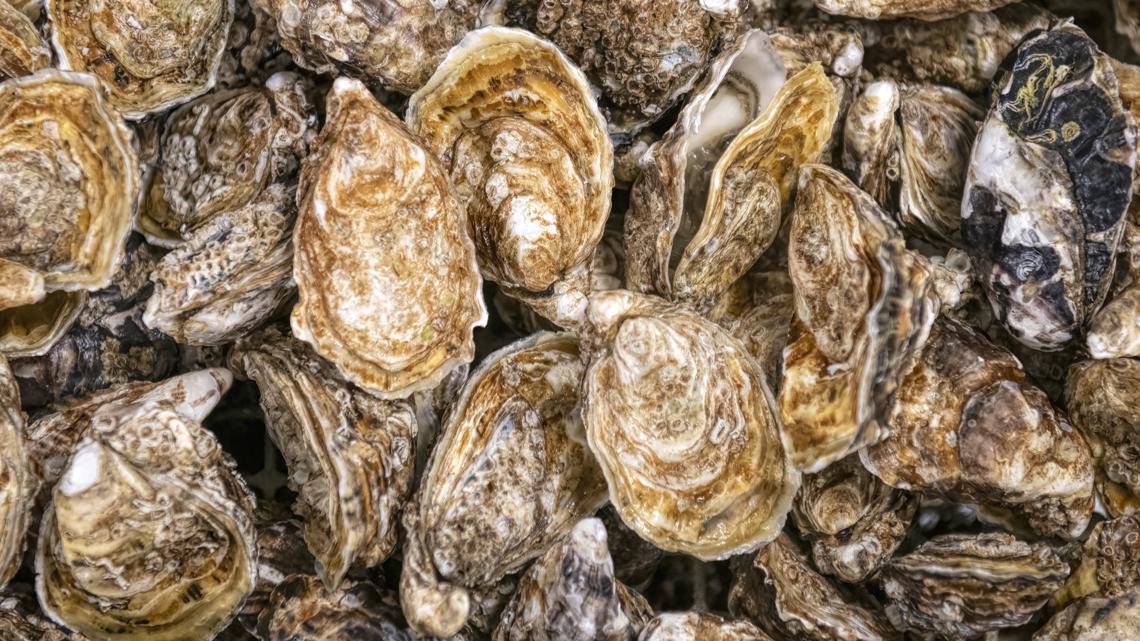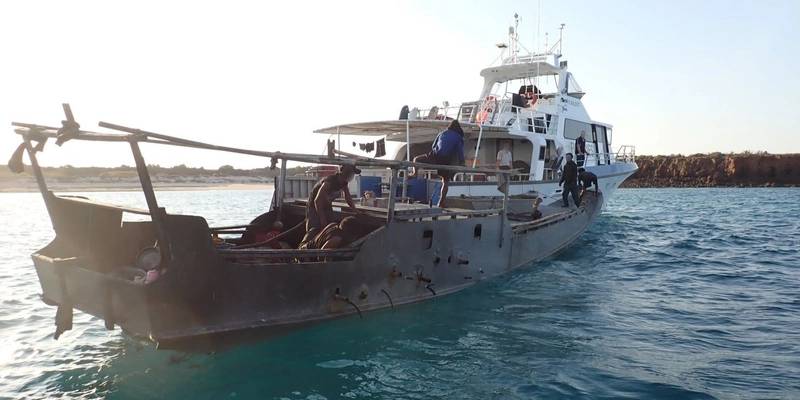Oman steps up marine biodiversity protection through national initiatives and global cooperation – TV BRICS

Oman’s Marine Conservation Strategy and Alignment with Sustainable Development Goals
The Sultanate of Oman is implementing a comprehensive national strategy to protect its marine biodiversity, directly contributing to the United Nations Sustainable Development Goals (SDGs). Led by the Environment Authority, these efforts align with Oman Vision 2040 and focus on the sustainable use of marine resources, scientific research, and multi-stakeholder partnerships to address threats including pollution, climate change, and overfishing.
Advancing SDG 14: Life Below Water
Oman’s initiatives are centrally focused on achieving the targets of SDG 14, which calls for the conservation and sustainable use of oceans, seas, and marine resources.
- Ecosystem Restoration and Coastal Resilience: The flagship Artificial Coral Reefs Project is a direct action to restore degraded marine habitats. By rebuilding reefs, the initiative boosts fish populations, supporting sustainable livelihoods (SDG 8), and enhances coastal resilience against climate change impacts (SDG 13).
- Combating Marine Pollution: The annual Marine Pollution Monitoring Project systematically gathers data along Oman’s 3,165-kilometre coastline. This initiative identifies and tracks concentrations of hydrocarbons, heavy metals, and other pollutants, providing critical data for targeted interventions to reduce land-based pollution.
- Enhancing Scientific Knowledge: Oman is deploying advanced technology to increase its scientific capacity, a key target of SDG 14.
- Satellite Tagging: Marine species, including whales and sea turtles, are tracked via satellite to gather crucial data on migratory patterns, feeding behaviours, and habitat use.
- Marine Mammal Protection: The final phase of the Whale and Dolphin Survey Project in Musandam Governorate is establishing the scientific foundation for a national strategy to protect these species.
Fostering Partnerships and Community Engagement (SDGs 4, 5, 17)
Recognising that sustainable development requires a collaborative approach (SDG 17), Oman is investing heavily in education and community involvement.
- Environmental Education (SDG 4): In partnership with civil society organisations, the Environment Authority conducts extensive awareness programmes in schools, universities, and local communities to promote environmental stewardship and eco-conscious behaviour.
- Inclusive Community Participation (SDG 5 & SDG 17): Local stakeholders are actively engaged in conservation campaigns. This inclusive approach ensures broad-based support and action. Key groups involved include:
- Fishermen
- Women’s groups
- Coastal residents
These campaigns focus on critical issues such as preventing plastic waste, mitigating oil pollution, and promoting sustainable fishing practices, directly supporting responsible consumption and production patterns (SDG 12).
1. Which SDGs are addressed or connected to the issues highlighted in the article?
SDG 14: Life Below Water
- The article’s central theme is Oman’s efforts to “safeguard its marine biodiversity,” which is the core objective of SDG 14. It explicitly mentions the protection of coastal ecosystems, sustainable use of marine resources, and addressing threats like pollution and overfishing.
SDG 4: Quality Education
- The article highlights Oman’s investment in “widespread environmental education and community engagement.” This directly connects to SDG 4, which aims to ensure inclusive and equitable quality education and promote lifelong learning opportunities for all, including education for sustainable development.
SDG 12: Responsible Consumption and Production
- The focus on promoting “eco-conscious behaviour” and running campaigns against “unsustainable fishing practices” and “plastic waste” aligns with SDG 12. This goal encourages sustainable consumption and production patterns, including raising public awareness for sustainable lifestyles.
SDG 13: Climate Action
- The article notes that Oman’s strategy responds to the threat of “climate change” and aims to reinforce “coastal resilience.” These actions are central to SDG 13, which calls for urgent action to combat climate change and its impacts, particularly through adaptation and building resilience.
2. What specific targets under those SDGs can be identified based on the article’s content?
-
SDG Target 14.1: Reduce marine pollution
- The article describes Oman’s “annual Marine Pollution Monitoring Project,” which gathers data on “hydrocarbons, heavy metals, and other pollutants.” It also mentions campaigns focused on the “prevention of plastic waste, oil pollution,” directly addressing the goal to prevent and significantly reduce marine pollution.
-
SDG Target 14.2: Protect and restore ecosystems
- The “Artificial Coral Reefs Project” is a flagship initiative aimed at “restoring degraded reefs” and “reinforcing coastal resilience.” This directly supports the target of sustainably managing, protecting, and restoring marine and coastal ecosystems.
-
SDG Target 14.4: Sustainable fishing
- The strategy’s response to “overfishing” and campaigns against “unsustainable fishing practices” align with this target. Furthermore, the Artificial Coral Reefs Project’s goal to “boost fish populations” contributes to restoring fish stocks.
-
SDG Target 14.a: Increase scientific knowledge, research, and technology for ocean health
- The article details the use of “cutting-edge technologies” like “satellite tagging” to gather critical data on marine species. The implementation of the “Whale and Dolphin Survey Project” and the “Marine Pollution Monitoring Project” are clear examples of developing research capacity to improve ocean health.
-
SDG Target 4.7: Education for sustainable development and global citizenship
- The description of “widespread environmental education” and running “programmes across schools, universities, and local communities to raise awareness and promote eco-conscious behaviour” is a direct implementation of this target.
3. Are there any indicators mentioned or implied in the article that can be used to measure progress towards the identified targets?
-
Indicators for Target 14.1 (Reduce marine pollution)
- Concentrations of pollutants: The article explicitly mentions that the monitoring project identifies “concentrations of hydrocarbons, heavy metals, and other pollutants,” which serves as a direct quantitative indicator of marine pollution levels.
- Reduction in marine debris: The campaigns focusing on the “prevention of plastic waste” imply that a reduction in the volume of plastic waste in marine environments is a key indicator of success.
-
Indicators for Target 14.2 (Protect and restore ecosystems)
- Area of restored habitat: The “Artificial Coral Reefs Project” implies that the area of restored or newly created coral reef habitat is a measurable indicator of progress.
- Coastal resilience: While not quantified, the goal of “reinforcing coastal resilience” suggests that metrics related to shoreline stability and protection from erosion could be used as indicators.
-
Indicators for Target 14.4 (Sustainable fishing)
- Fish population size: The initiative’s aim to “boost fish populations” points to fish stock assessments as a key indicator.
- Prevalence of unsustainable practices: A reduction in reported instances of “unsustainable fishing practices” would be an indicator of progress.
-
Indicators for Target 14.a (Increase scientific knowledge)
- Volume of scientific data: The “critical data on migratory routes, feeding behaviour, and habitat usage” gathered via satellite tagging is a direct indicator of increased scientific knowledge.
- Completion of research projects: The progress and completion of initiatives like the “Whale and Dolphin Survey Project” serve as an indicator of developing research capacity.
-
Indicators for Target 4.7 (Education for sustainable development)
- Number of educational programs: The article mentions running “programmes across schools, universities, and local communities,” making the number and reach of these programs a clear indicator.
- Community engagement levels: The active involvement of “fishermen, women’s groups, and coastal residents” in campaigns is an indicator of successful community engagement and awareness.
4. Table of SDGs, Targets, and Indicators
| SDGs | Targets | Indicators Identified in the Article |
|---|---|---|
| SDG 14: Life Below Water | 14.1: By 2025, prevent and significantly reduce marine pollution of all kinds. | Measured concentrations of hydrocarbons, heavy metals, and other pollutants; Reduction in plastic and oil pollution. |
| SDG 14: Life Below Water | 14.2: By 2020, sustainably manage and protect marine and coastal ecosystems. | Restoration of degraded reefs through artificial reef projects; Reinforcement of coastal resilience. |
| SDG 14: Life Below Water | 14.4: By 2020, effectively regulate harvesting and end overfishing. | Efforts to boost fish populations; Campaigns against unsustainable fishing practices. |
| SDG 14: Life Below Water | 14.a: Increase scientific knowledge, develop research capacity and transfer marine technology. | Use of satellite tagging to gather data on marine species; Implementation of the Whale and Dolphin Survey Project. |
| SDG 4: Quality Education | 4.7: By 2030, ensure that all learners acquire the knowledge and skills needed to promote sustainable development. | Number of environmental education programmes in schools, universities, and communities; Promotion of eco-conscious behaviour. |
| SDG 12: Responsible Consumption and Production | 12.8: By 2030, ensure that people everywhere have the relevant information and awareness for sustainable development. | Community engagement campaigns involving fishermen, women’s groups, and residents on marine preservation. |
| SDG 13: Climate Action | 13.3: Improve education, awareness-raising and human and institutional capacity on climate change adaptation. | Initiatives to reinforce coastal resilience as a response to climate change threats. |
Source: tvbrics.com

What is Your Reaction?
 Like
0
Like
0
 Dislike
0
Dislike
0
 Love
0
Love
0
 Funny
0
Funny
0
 Angry
0
Angry
0
 Sad
0
Sad
0
 Wow
0
Wow
0












































































